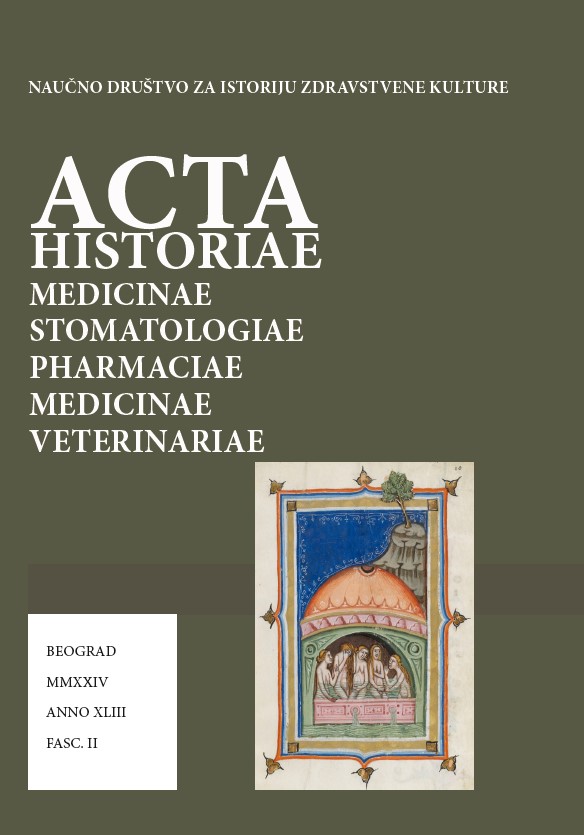Sarajevo’s Press on the Challenges of Cholera in Bosnia and Herzegovina (1892–1894)
Sarajevo’s Press on the Challenges of Cholera in Bosnia and Herzegovina (1892–1894)
Author(s): Stojanka LužijaSubject(s): 19th Century, Between Berlin Congress and WW I
Published by: Naučno društvo za istoriju zdravstvene kulture
Keywords: cholera; Bosnia and Herzegovina; Austria-Hungary; epidemics; press; Sarajevski list
Summary/Abstract: Cholera is an extremely contagious, bacterial infection that attacked European countries in several epidemic waves during the 19th century. Scientific discoveries in the field of microbiology identified the causative agents of this disease and the ways of its spread. With the development of health care and the improvement of sanitary conditions, the disease could be kept under control to some extent. The territory of Bosnia and Herzegovina received an organized system of public health care only after the establishment of the Austro-Hungarian administration, which as such could provide a more effective barrier to infectious diseases. In this paper, based on daily newspaper writings, we will analyse the impact of the cholera epidemic that threatened the area of Bosnia and Herzegovina at the end of 1892, and from the autumn of the following year it began to claim its victims in that region as well. Our primary goal is to determine, through the analysis of daily newspaper reporting, how the Austro-Hungarian administration dealt with the challenge of the cholera epidemic, what measures it undertook and what results they brought. The important questions that we will pay attention to in this work are related to the number of people suffering from cholera, the direction of spread of the infection, as well as the percentage of mortality during the epidemic itself.
Journal: Acta historiae medicinae, stomatologiae, pharmaciae, medicinae veterinariae
- Issue Year: 2/2024
- Issue No: 43
- Page Range: 39-49
- Page Count: 11
- Language: English, Serbian

